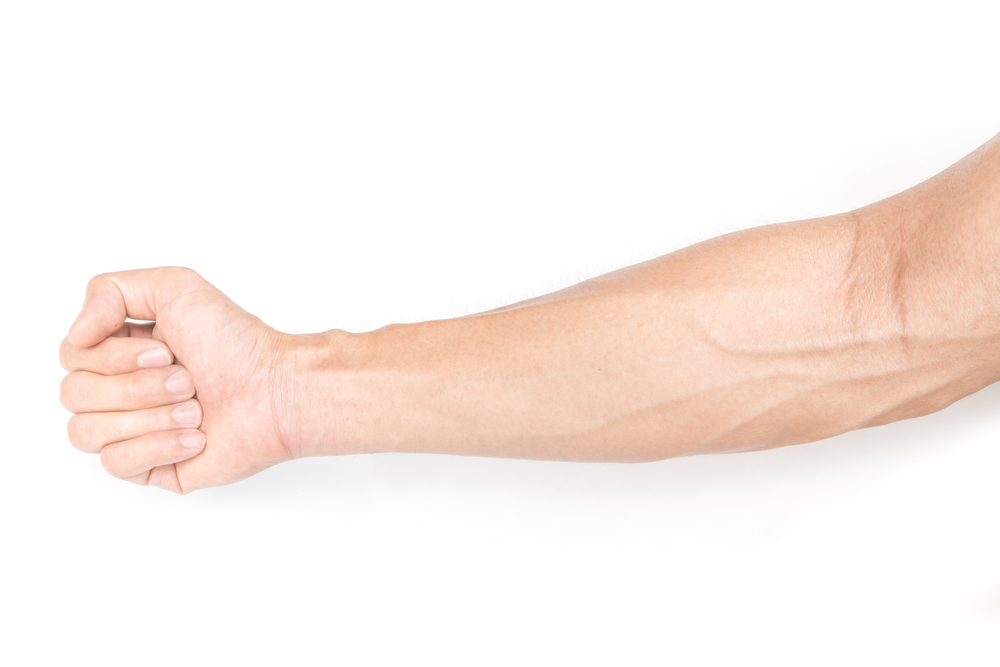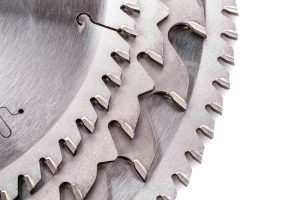Human arms are an amazing network of bones, ligaments, and muscles that work in unison to provide mobility to the joints at the elbow and wrists.
The upper portion of the arm from the elbow to the shoulder is called the humerus. The two bones making up the length from the elbow to the wrist are the radius and the ulna.
These two bones make up the forearm.
Of the two bones, the ulna is the largest bone in the forearm.
Table of Contents
About the humerus
The human arm is an intricate part of the human anatomy. As noted, the bone running from the shoulder to the elbow is called the humerus.
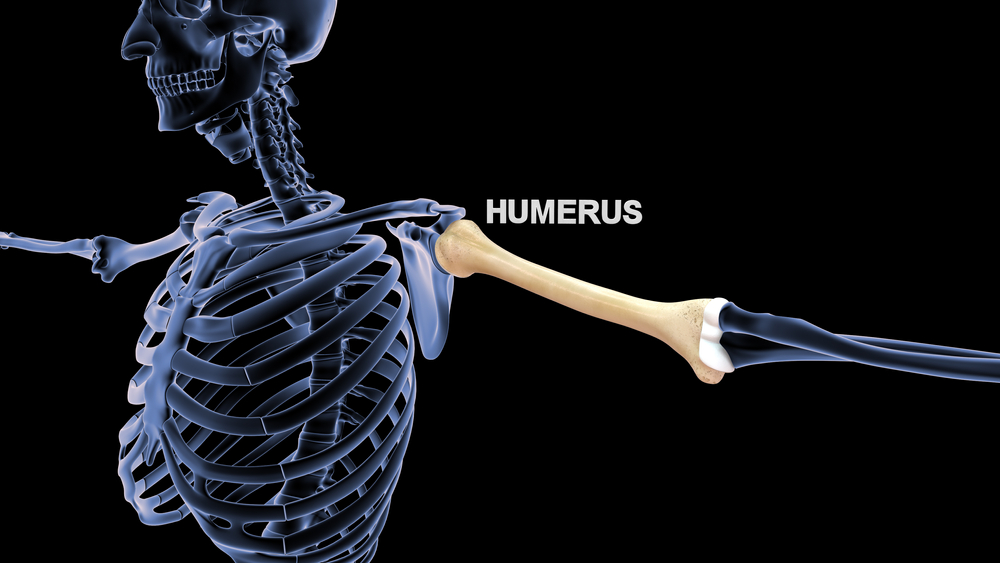
This area is often referred to as the upper arm. The humerus runs from the socket at the shoulder down to the elbow where it connects with the ulna and radius.
The purpose of the humerus is to connect the scapula (shoulder area) to the radius and ulna (elbow area).
In order to have movement and stability in the humerus, it must be connected. To do this, the humerus uses two large knobs, known as the lesser and greater tubercles.
The knobs connect to the scapula, which allows movement.
The humerus is the largest and the longest bone in the upper arm. The bone has a shaft plus a distal and a proximal end. Its goal is to support shoulder movement.
Part of the ball-and-socket shoulder joint connects to the head of the humerus. The area is also a point of insertion for muscles to support the shoulder.
Potential fractures to the humerus
There are three fracture types to the humerus. These are the proximal (top of the bone), mid-shaft (middle of the bone), and distal (bottom of the bone).
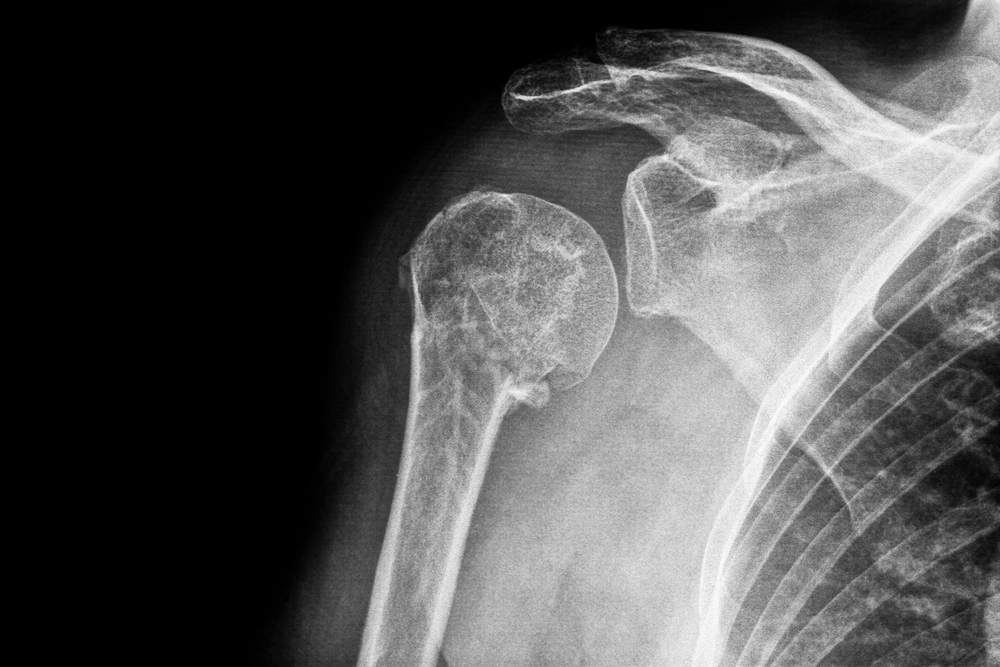
In general, the most common reason for a fractured humerus is the result of a fall, sports injury, or car accident.
A proximal humerus fracture affects the shoulder joint, which is a ball-and-socket joint. When the break is near the ball, it is labeled a proximal humerus fracture.
This particular injury can also affect the rotator cuff.
As the name implies, a mid-shaft fracture is located in the middle of the bone away from the elbow and shoulder joints.
The injury usually includes an issue to the radial nerve, which can affect the hand and wrist.
When the elbow joint is injured, this is known as a distal humerus fracture. This injury usually requires surgery.
About the forearm
The forearm is what is referred to when describing the area that runs from the elbow to the wrist.
Within the forearm, there are two bones – the radius, which is on the inside of the arm closest to the body, and the ulna.
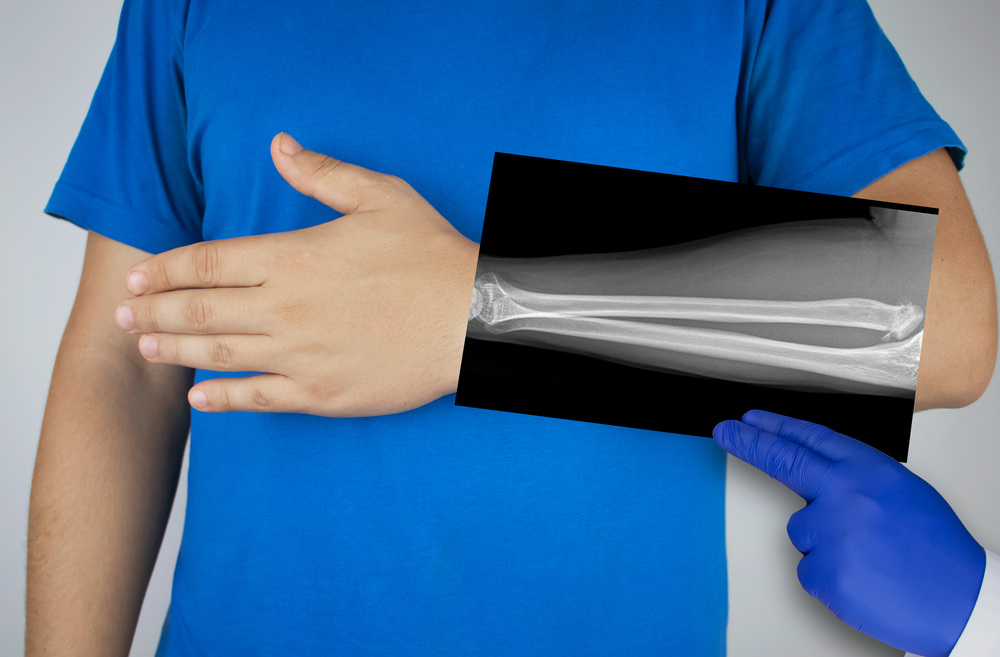
The word “arm” is most often used by most people when referring to the entire appendage.
In the world of anatomy, to distinguish between the upper and lower arm, the lower portion is referred to as the forearm.
About the radius
The radius is also referred to as the radial bone. It is a large bone with a slight curve and thicker in circumference at the wrist than the ulna, but it is slightly shorter, making the ulna the larger of the two bones.
Its actual structure is generally between 8 to 10.5 inches for males and 8.8 inches for women.
The radius is the forearm’s lateral bone. It plays an important role as it interacts with the wrist and elbow joints.
From the elbow, the radius joins the humerus via the capitulum. The cup shape of the capitulum is a smooth and rounded section of the humerus that fits against the radius.
The function of the radius
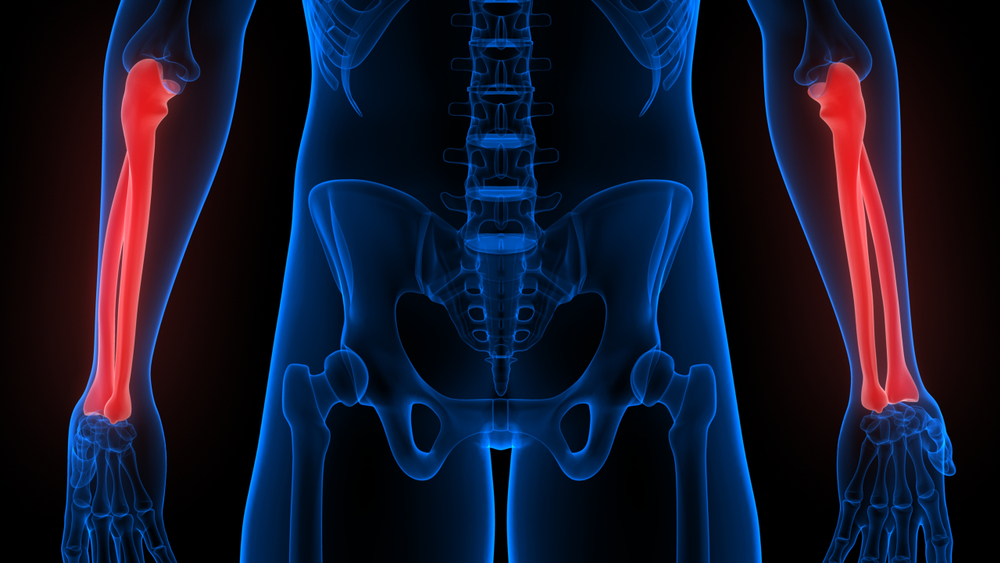
The main function of the radius allows for full range movement of the wrists, hand, and arm along with the ulna.
The radius also supports bodyweight mobility for movements, such as crawling and lifting the body’s weight, such as during a workout regimen involving pushups.
Potential fractures of the radius
The radius is prone to fractures. It is the most common medical situation for the bone among all age groups.
A distal radial fracture is the most common, especially for the elderly, due to the increase in the chances of falling and putting the weight on the radius.
Regardless of the type of accident someone may experience, weight distribution plays a part in the outcome.
This means if you fall and put the weight on your arms, only the radius may break or only the ulna.
In some cases, both the ulna and radius bones in the forearm will be broken.
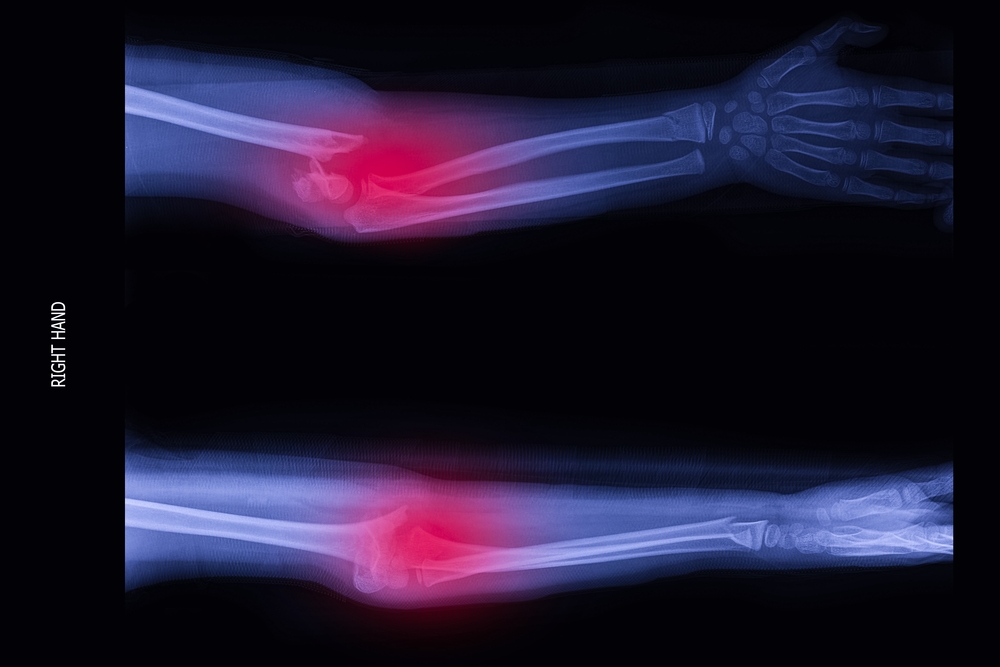
A radius fracture will generally have symptoms, the most common is pain. Several other symptoms can also alert you to a problem.
These include tenderness, bruising, swelling, deformity, and the loss of feeling or the inability of the bone to function.
About the ulna
Like the radius, the ulna is a primary bone that forms the forearms. The ulna is the medial bone of the forearm and runs parallel to the radius.
The bone runs from the elbow down to the little finger. The radius runs down to the thumb area.
The ulna’s main function is to work with the radius, allowing the maximum capability of rotating the hand and wrist.
Although both the radius and the ulna work together, the radius is the forearm bone that has a higher percentage of suffering a fracture.
This is especially true for children, where over 50 percent of fractures to the forearm involve the radius.
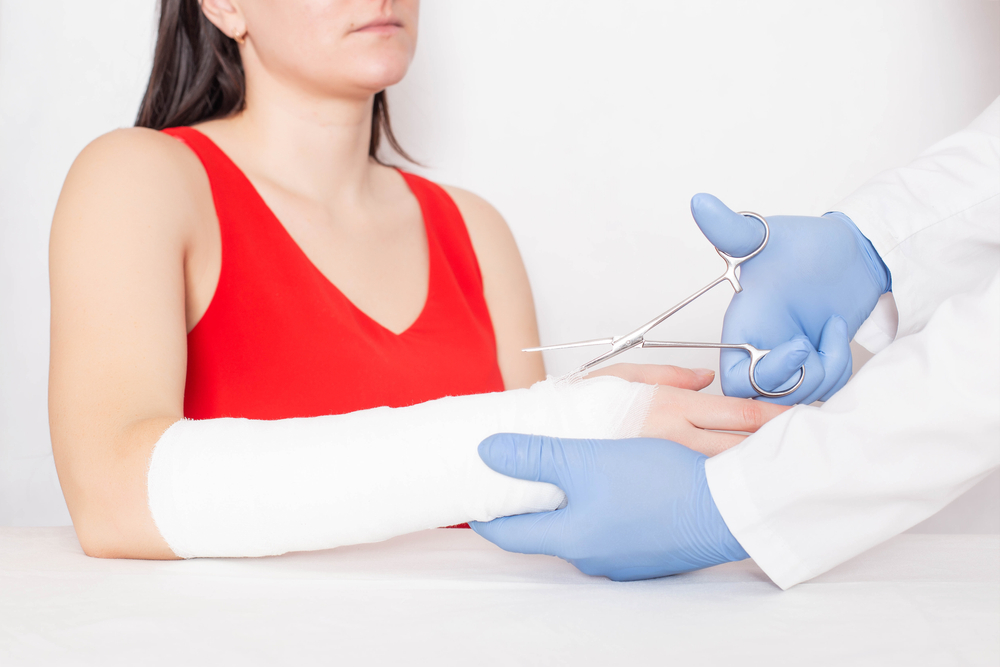
Less than 10 percent of the fractures involve the ulna, and approximately 44 percent involve the ulna and the radius.
The functions of the ulna
Working together, the two bones allow us to do things, such as type, write, carry objects, etc. Additionally, the ulna is responsible for the following:
- The ulna has a network of muscles from both the arm and forearm that support hand, wrist, and arm movement.
- It allows the elbow joint to be flexible.
- The bone is necessary in order to attach to the humerus at the elbow and join with the hand’s carpal bone.
Potential fractures to the ulna
Like any other bone in our body, accidents can happen, resulting in fractures or breaks to the bones.
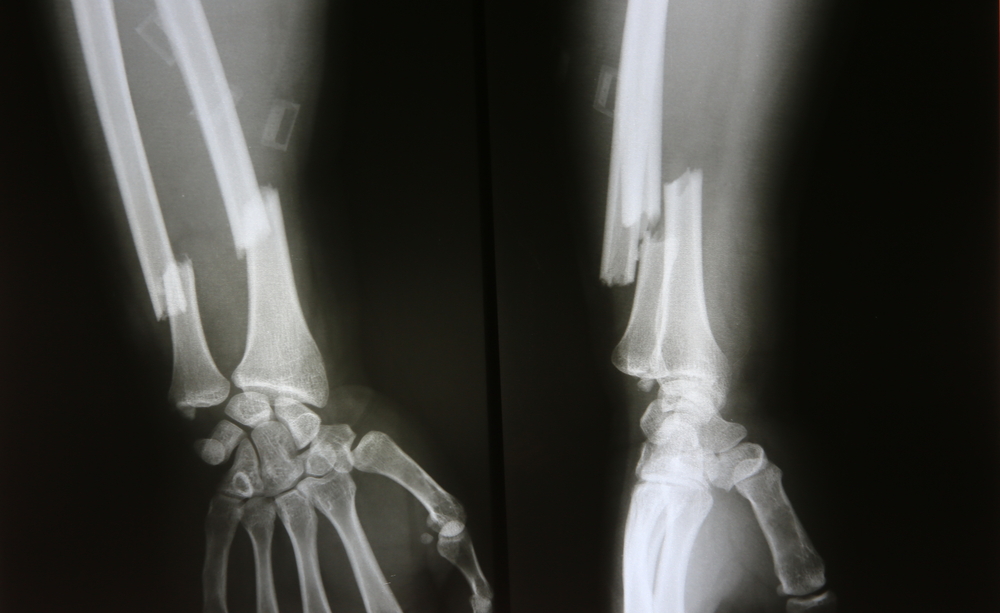
The ulna is no exception. There are several fractures the ulna is prone to experiencing.
- When the ulna experiences a partial fracture, this is referred to as a hairline fracture.
- A complete fracture is just that. The break results in the bone breaking apart creating two pieces of bone.
- When the skin is pierced by bone fragment, this is called a compound or open fracture.
- When the skin is not pierced by bone, this is considered a closed fracture.
- In the situation where the bone breaks into a series of smaller pieces, it is referred to as a comminuted fracture.
- The ulna can also experience stress fractures, which manifest over a period of time versus one instance of trauma to the bone.
The human anatomy is interesting and intriguing with all the bits and pieces working together to keep us mobile and active.
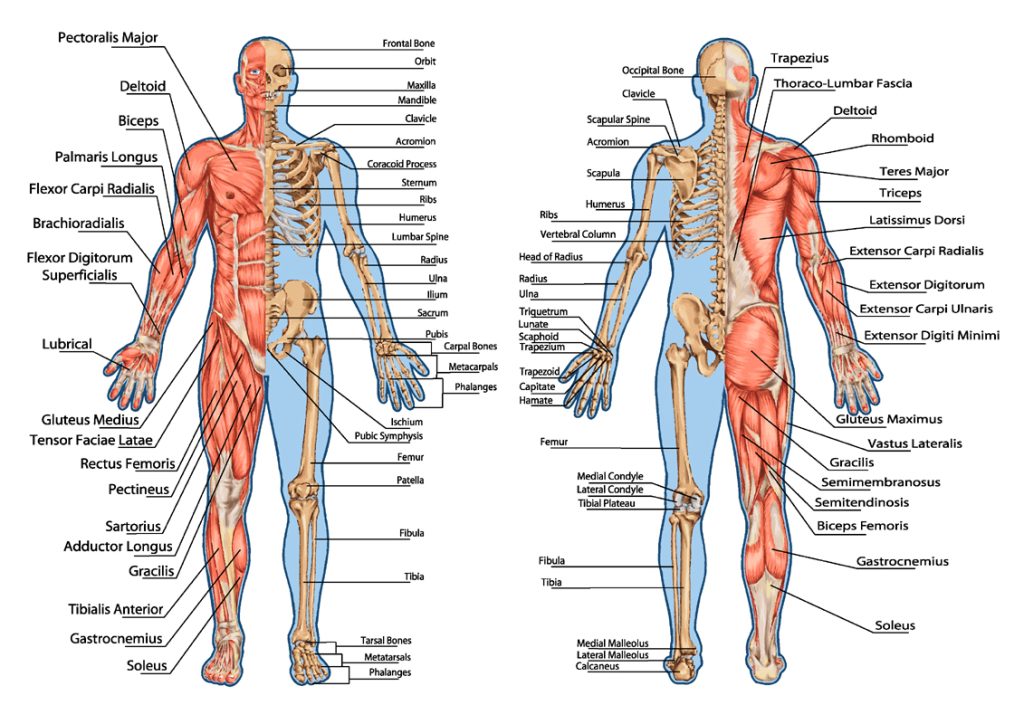
Knowing about the arm, forearm, and the three bones that are in charge of shoulder, elbow, and wrist movement, plus the potential for injuries, provides a better understanding of our inner workings and their importance to our well-being.

